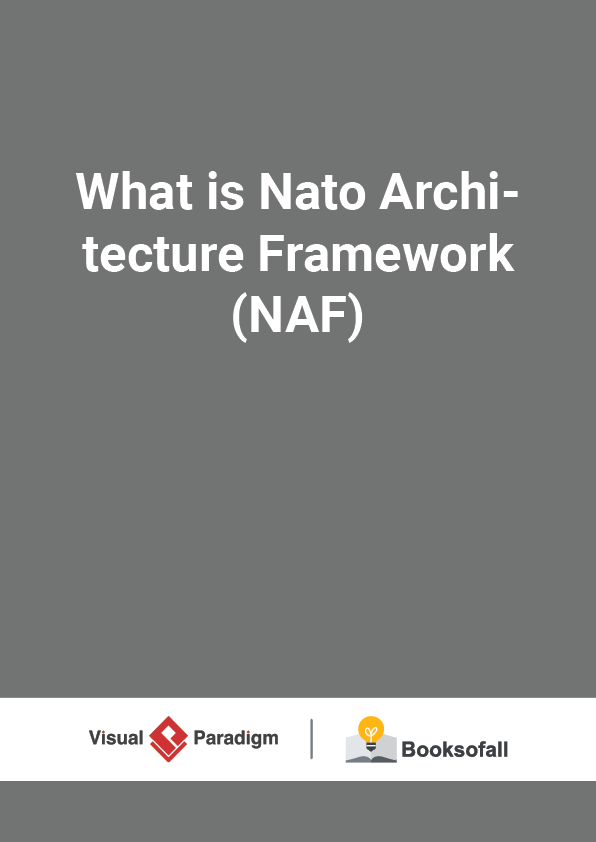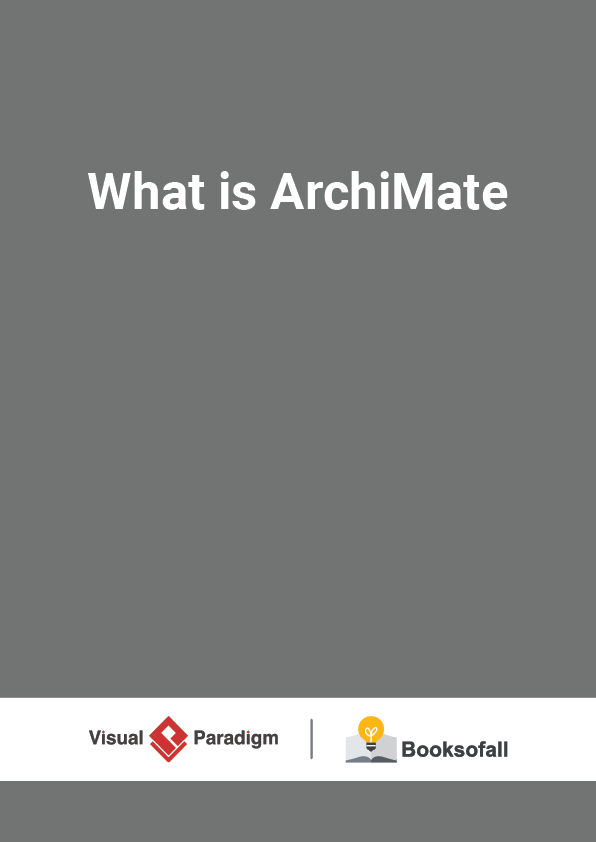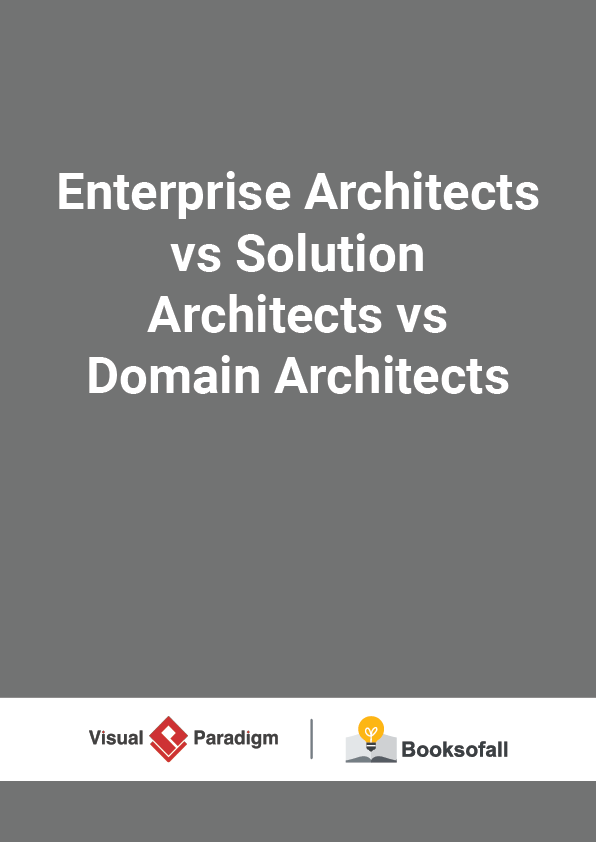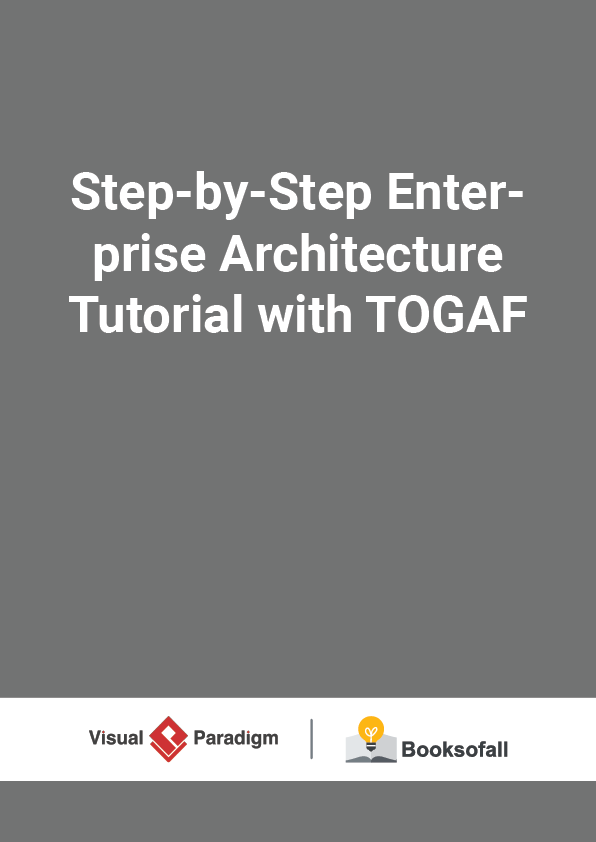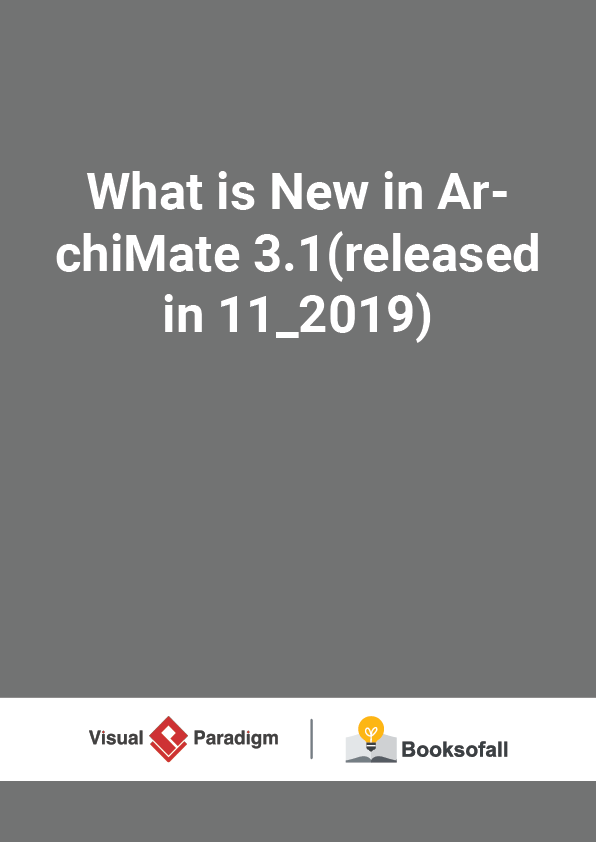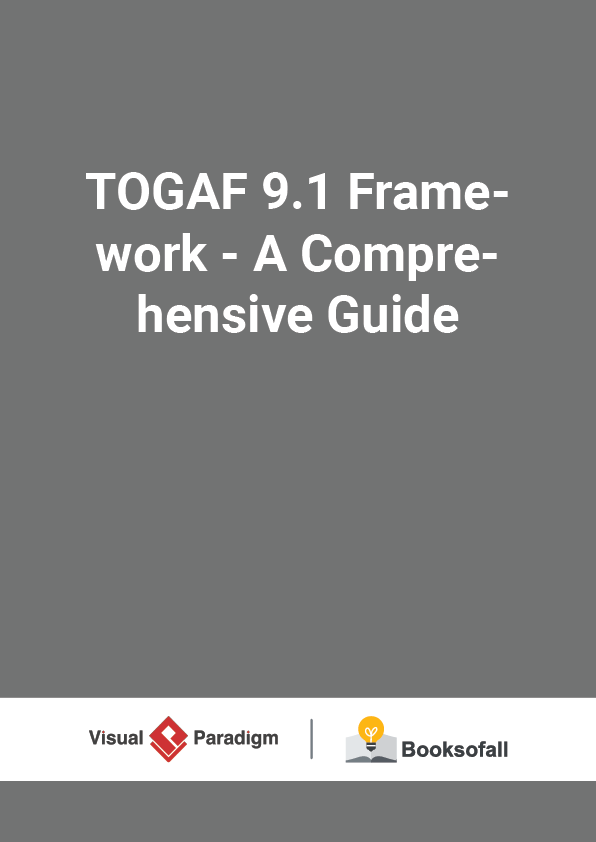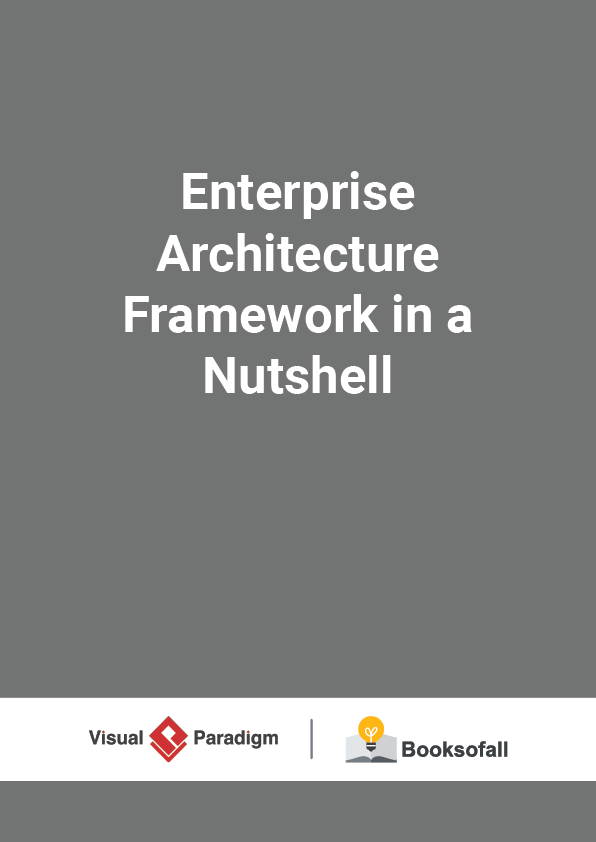What is Nato Architecture Framework (NAF)
6-7 minutes
The NATO Architecture Framework (NAF) provides the rules, guidance, and templates for developing and presenting architecture descriptions to ensure a common denominator for understanding, comparing, and integrating architectures in NATO.
- Architecture is the fundamental organization of a system embodied in its components, their relationships to each other, the environment and the principles guiding its design and evolution.
- An Architecture framework is a skeletal structure that defines suggested architectural artifacts, describes how those artifacts relate to each other and provide generic definitions for what those artifacts might look like.
The application of the NAF is designed to enable architectures to contribute most effectively to acquiring and fielding cost-effective and interoperable military capabilities. The role of enterprise architecture is to provide decision support, in the context of the enterprise strategy, for the use of resources (including processes and procedures) in the enterprise. In other words, the architecture is responsible for defining how resources will be used to support enterprise strategy and benefit the NATO goals and objectives.
Purpose of NAF
The purpose of EA is to optimize across the enterprise, the often fragmented legacy of processes (both manual and automated) and systems, into an integrated environment that is responsive to change, living and ever-evolving business artifact. It takes a holistic view of both ‘business’ and ‘IT’ with business being the driver and IT an enabler. As each facet of a well-constructed Enterprise Architecture will have documented inter-dependencies it is unlikely that change in one place will not elicit change in another.
The aim of the NATO Architecture Framework Version 4 (NAFv4) is to provide a standard for developing and describing architectures for both military and business use. The objectives of the framework are to:
- provide a way to organize and present architectures to stakeholders, specify the guidance, rules, and product descriptions for developing and presenting architecture information,
- ensure a common approach for understanding, comparing, and integrating architectures,
- act as a key enabler for acquiring and fielding cost-effective and interoperable capabilities, and
- align with architecture references produced by international standard bodies(International Standards Organization (ISO), Institute of Electrical and Electronic Engineers (IEEE), The Open Group (TOG), Object Management Group (OMG), etc).
Use Cases of Developing Architectures
Architectures are developed for many purposes and their development can be described as both a process and a discipline. Architectures aid the development of systems that deliver solutions that can meet an organization’s needs to achieve its mission.
- planning the transition of capability throughout its lifecycle,
- achieving greater flexibility, adaptability, and capacity for cost-effective acquisitions and building Multi-national systems for supporting operations,
- understanding and mitigating risks,
- better adaption to changes in the business landscape, industry trends and regulatory environment,
- aligning business and technology to the same set of priorities,
- planning, and managing, investment and controlling expenditure to business, and improving communication within technical domains and between Communities of Interest (CoI).
NAF – A Content Framework
Not like DoDAF, it doesn’t provide method and process for us to follow, and in fact, NAF provides methodology in the v4 manual in Chapter 2 which includes concept, principles, and guidelines into EA development lifecycle model from accepted best practice to provide:
- Terms and concept for architecting,
- A foundation for architecture activities,
- Architecture principles,
- Architecture activities at enterprise and project levels,
- Architecture repositories and libraries to formalize architecture-based references,
- allow reuse and improve interoperability between communities
NAF Methodology and Lifecycle Process
NAF architecture life cycle groups architecting activities inconsistent stages that can be orchestrated in different schemes; some activities can be repeated and several iterations involving specific stages may be necessary to reach architecture goals.
